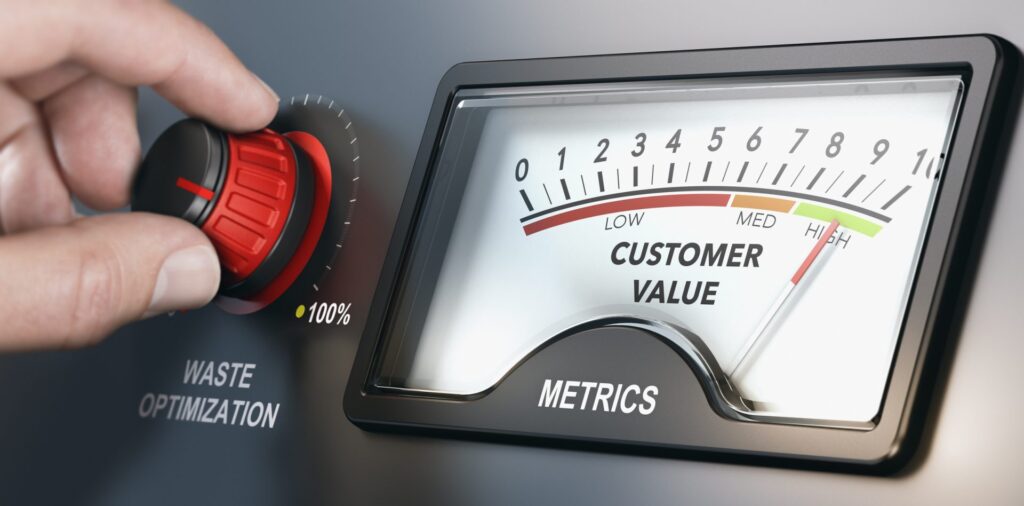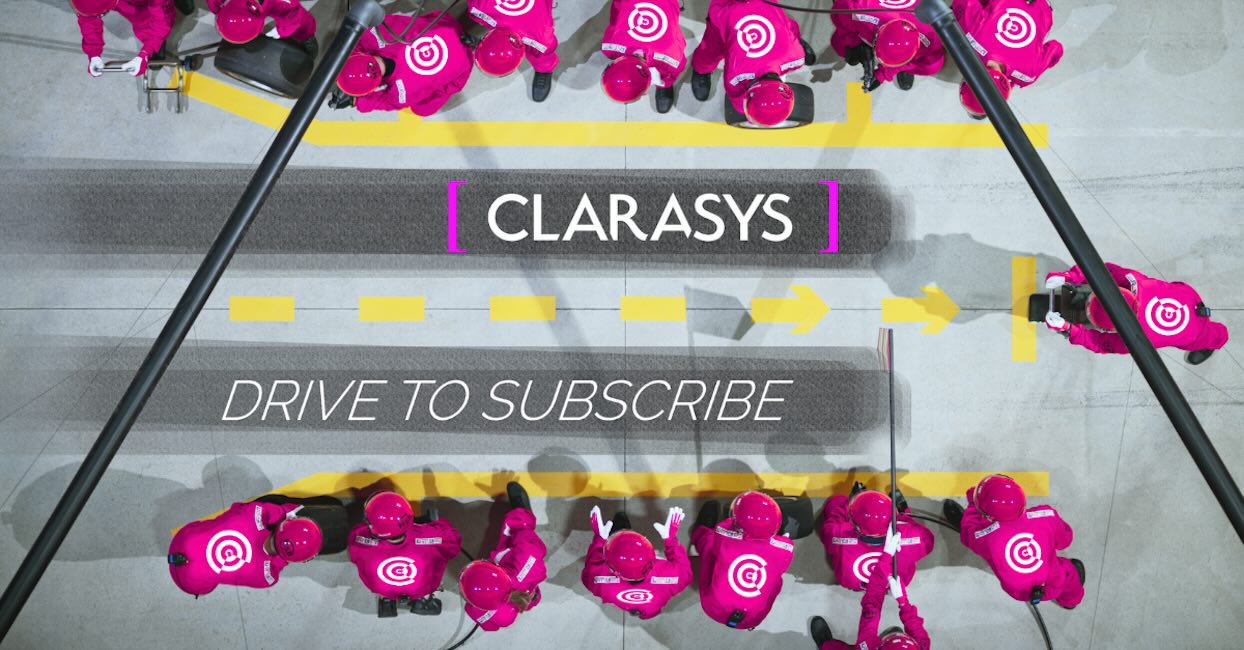Increase customer satisfaction through sustainability, while also taking cost out your business
Sustain customers: be more sustainable
Sustain customers: be more sustainable
Increase customer satisfaction through sustainability, while also taking cost out your business

In April 2019, we witnessed police forces struggling to cope with the environmental protestors on London and Paris’ streets, while politicians endeavour to get close to targets to halt climate change and environmental pollution. Now is a time more than ever, to consider your own environmental impact as an integral part of your customer experience.
Consumers are starting to respond. Expectations, emotions and therefore consumer choices are evolving as customers deal with the ethical dilemmas that come with almost all product and service purchases. Supply chains are questioned, packaging is scrutinised and companies are boycotted for not considering their environmental impact. This can spark trouble for the slow responders but those who embed sustainability within their practices, like fashion retailers Patagonia and Veja, are now flourishing.
This may sound costly to achieve. Throwaway materials and non-carbon offsetting services are cheaper and easier, right? Well, not only is it now a necessary cost to ensure you retain your customers, but in the long term it could start to save you money.
Most organisations practice a ‘take, make and dispose’ model, but companies can retain or create value for themselves by being more circular.
Welcome to your circular economy.
Circularity is all about keeping materials in use for as long as possible. The Ellen McArthur Foundation suggests that a circular economy can be achieved by designing out waste and pollution, keeping products and materials in use and by regenerating natural systems.
When we think about the aims of being circular, it inherently links with lean management concepts and primarily the aim to remove waste. Customer research can help companies define what waste looks like in their organisation.
Through customer journey analysis, understanding of pain points and an application of the Kano model, you can identify the elements of the journey which customers do not like and therefore can be perceived as waste. For example, when your Amazon package arrives and each individual item is boxed and wrapped in plastic this can stimulate frustration in the customer. Firstly, because it is harmful for the environment but also because they then have to manage the recycling or disposal of the materials. Smart companies will look to remove this pain point in cost effective ways, but also create highlights for the customers in doing so. For example, if you give the customer the option to choose a ‘sustainable packaging’ option. This not only absolves guilt, but helps them feel they have contributed to doing good, even if they have to pay a little extra for this option.
The power of a positive emotional response from customers is becoming essential when it comes to satisfaction. H&M has a sustainability clothing section, and ASOS has recently started to highlight in its customer order communications that they will deliver goods in electric vans, again trying to delight the customer through absolving a level of guilt.
Not only can your organisation get monetary value from removing waste but it innately improves the experience for the customer. You may also find you can create valuable products from your new found waste. Heinz has taken the step to turn food waste from tomatoes they have to throw away, into a material that can be used in auto production. Adidas has started to make trainers out of waste marine plastics. The Indian government is using waste plastic to create durable roads and reduce pollution. Here companies had a significant pollution or waste problem, and created a viable product using the materials available to them. This sort of innovative thinking is not just about creating a nice news story, it is about creating additional revenue streams and reducing sunk costs i.e. cold, hard cash.
Companies becoming more circular will create the opportunity to streamline operations through the reduction of waste. It also gives organisations the ability to delight their customers through highlighting their commitment to sustainability. As climate changes so will customer expectations. Smart firms will make the effort to understand this as the opportunities are sadly only going to get bigger.

